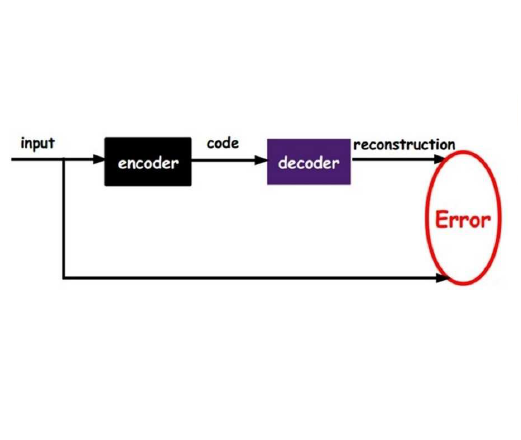The pixelwise reconstruction error of deep autoencoders is often utilized for image novelty detection and localization under the assumption that pixels with high error indicate which parts of the input image are unfamiliar and therefore likely to be novel. This assumed correlation between pixels with high reconstruction error and novel regions of input images has not been verified and may limit the accuracy of these methods. In this paper we utilize saliency maps to evaluate whether this correlation exists. Saliency maps reveal directly how much a change in each input pixel would affect reconstruction loss, while each pixel's reconstruction error may be attributed to many input pixels when layers are fully connected. We compare saliency maps to reconstruction error maps via qualitative visualizations as well as quantitative correspondence between the top K elements of the maps for both novel and normal images. Our results indicate that reconstruction error maps do not closely correlate with the importance of pixels in the input images, making them insufficient for novelty localization.
翻译:深自动电解码器的像素重建错误通常用于图像新颖的探测和定位,假设高误差的像素表示输入图像的哪些部分不熟悉,因此很可能是新奇的。 这假定重建错误高的像素与输入图像的新区域之间的相关性没有被核实, 并可能限制这些方法的准确性。 在本文中, 我们使用突出的地图来评估是否存在这种关联性。 清晰度地图直接显示每个输入像素的改变会对重建损失产生多大影响, 而每个像素的重建错误在层完全连接时可能归因于许多输入像素。 我们通过定性可视化和地图顶部 K 元素之间的定量对应, 我们的结果显示, 重建错误地图与输入图像中像素的重要性没有密切关联, 使得它们不足以进行新颖的本地化 。





